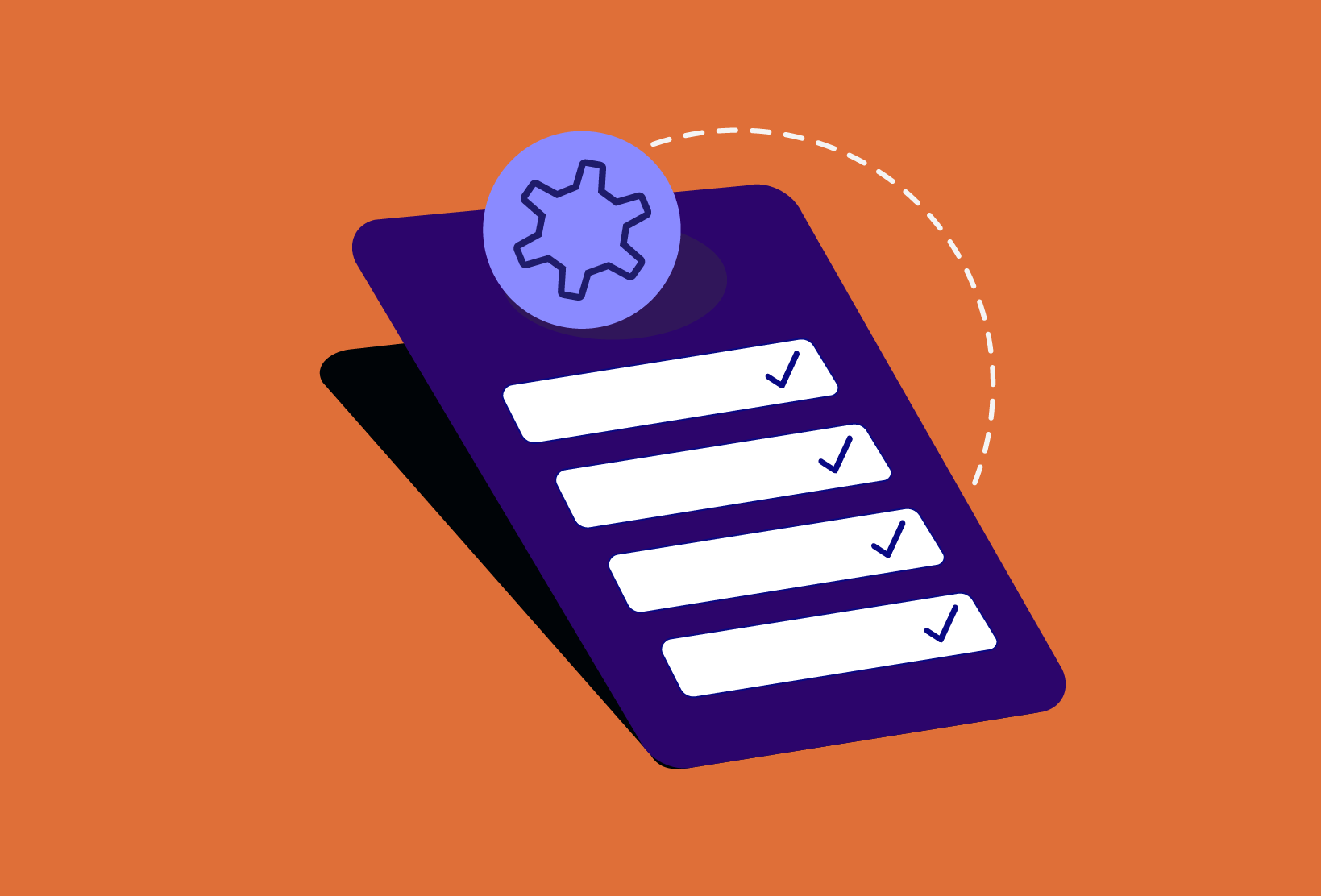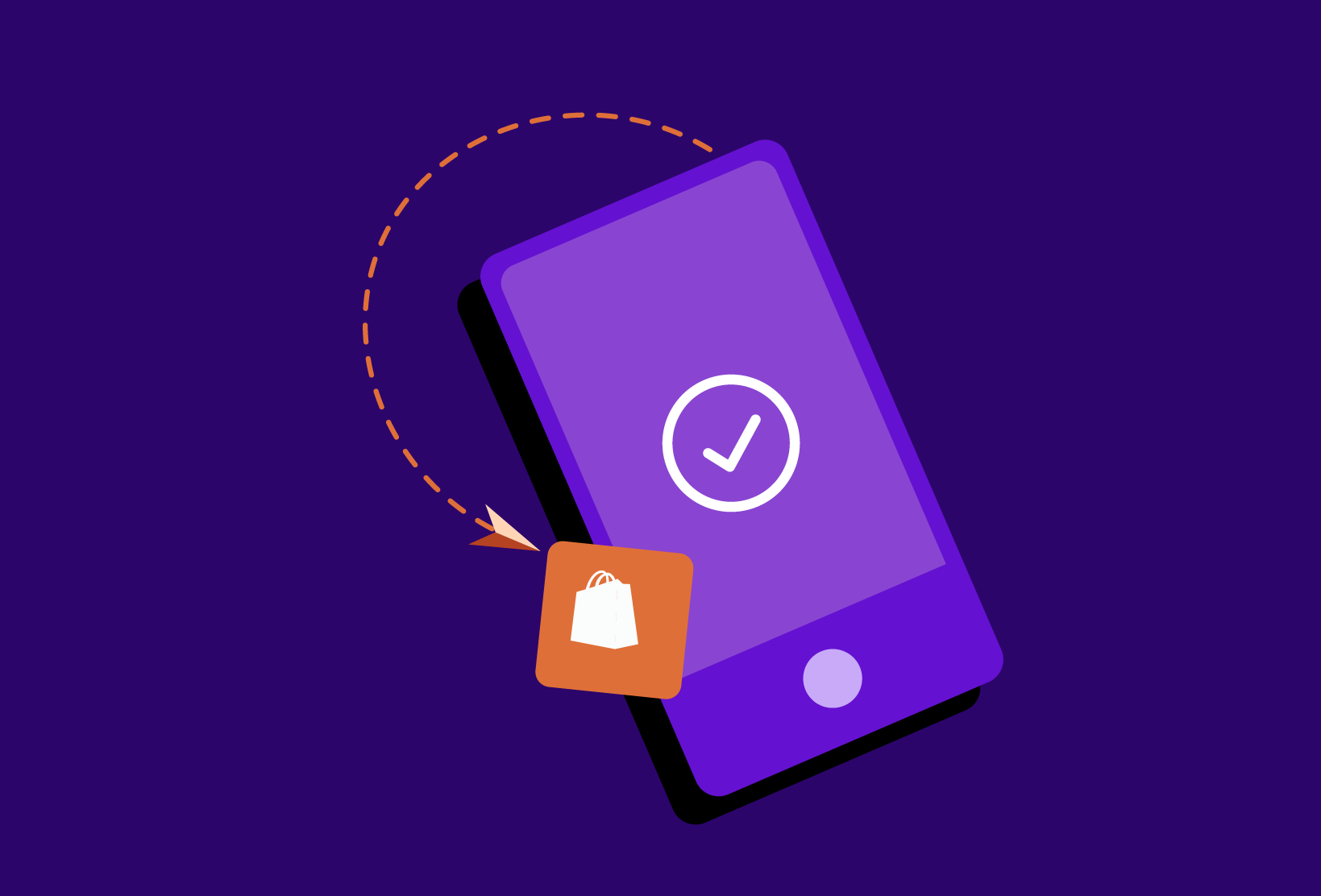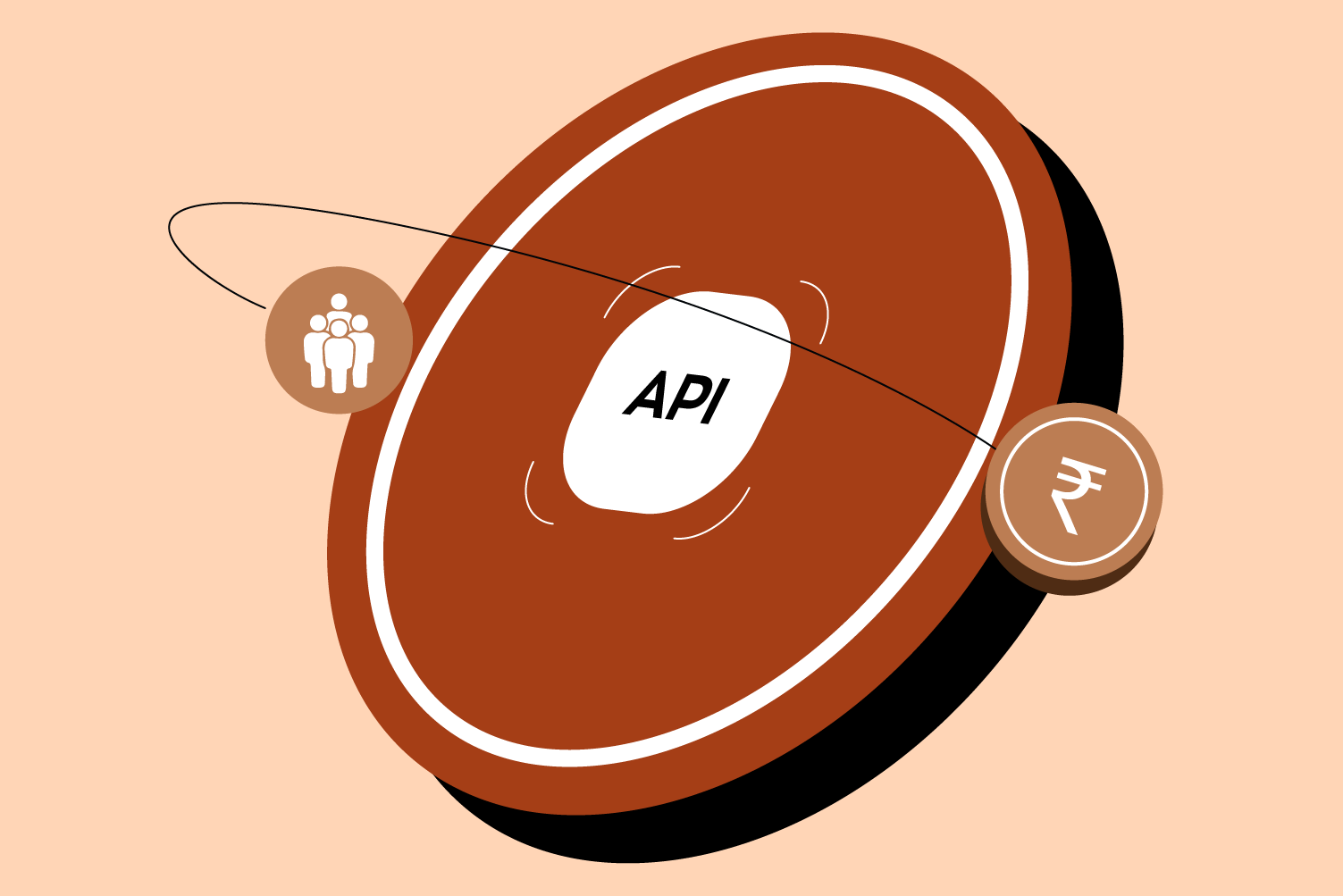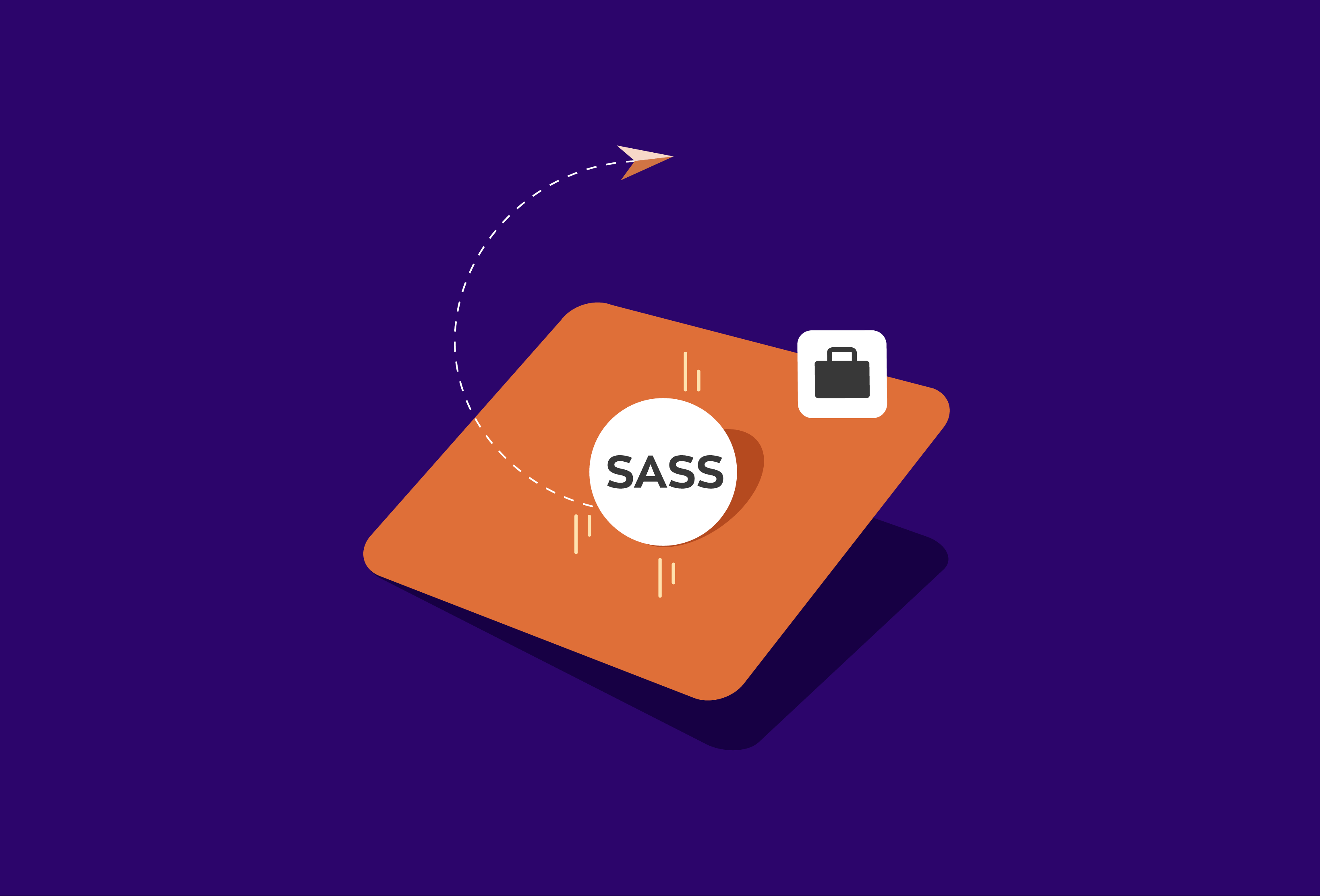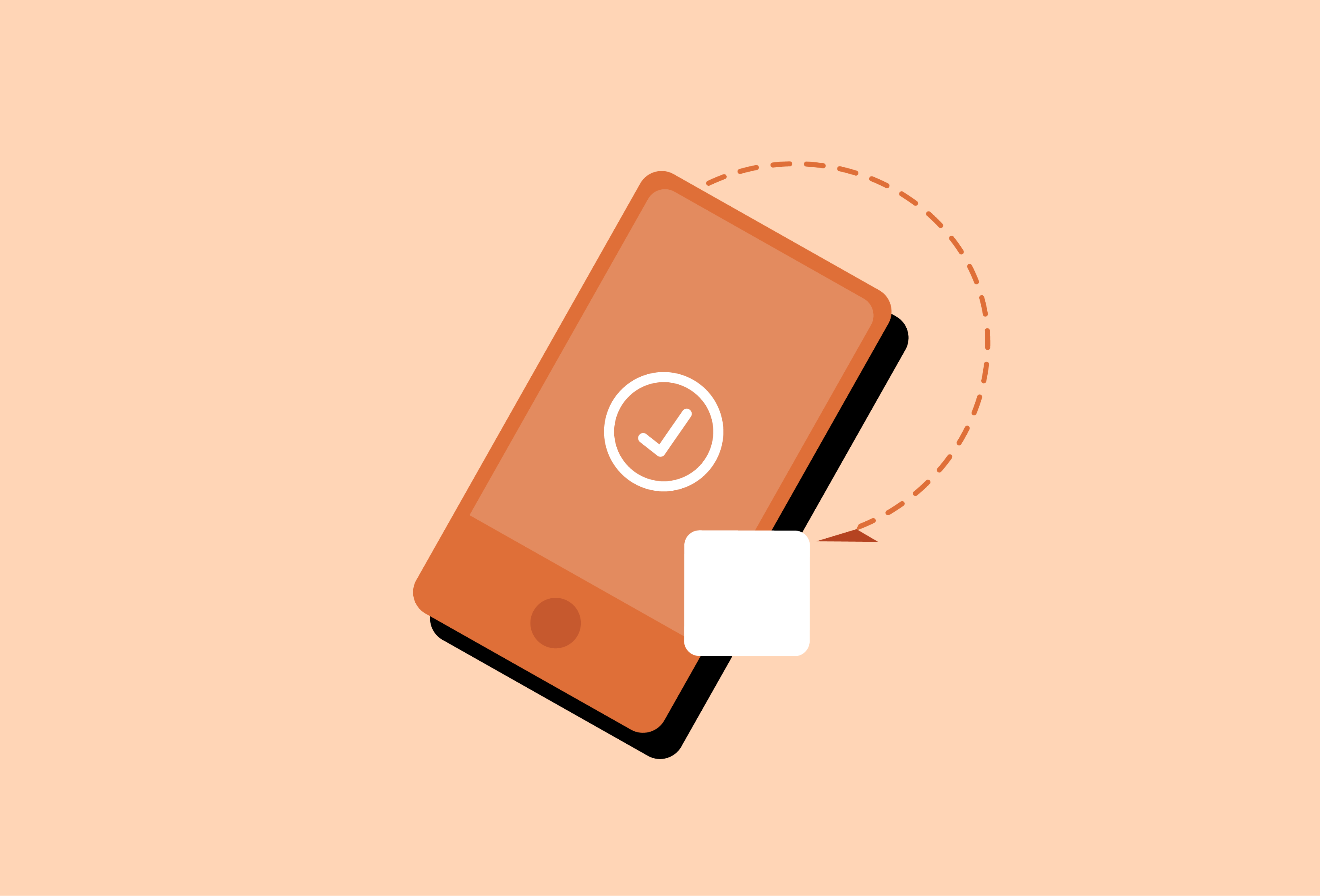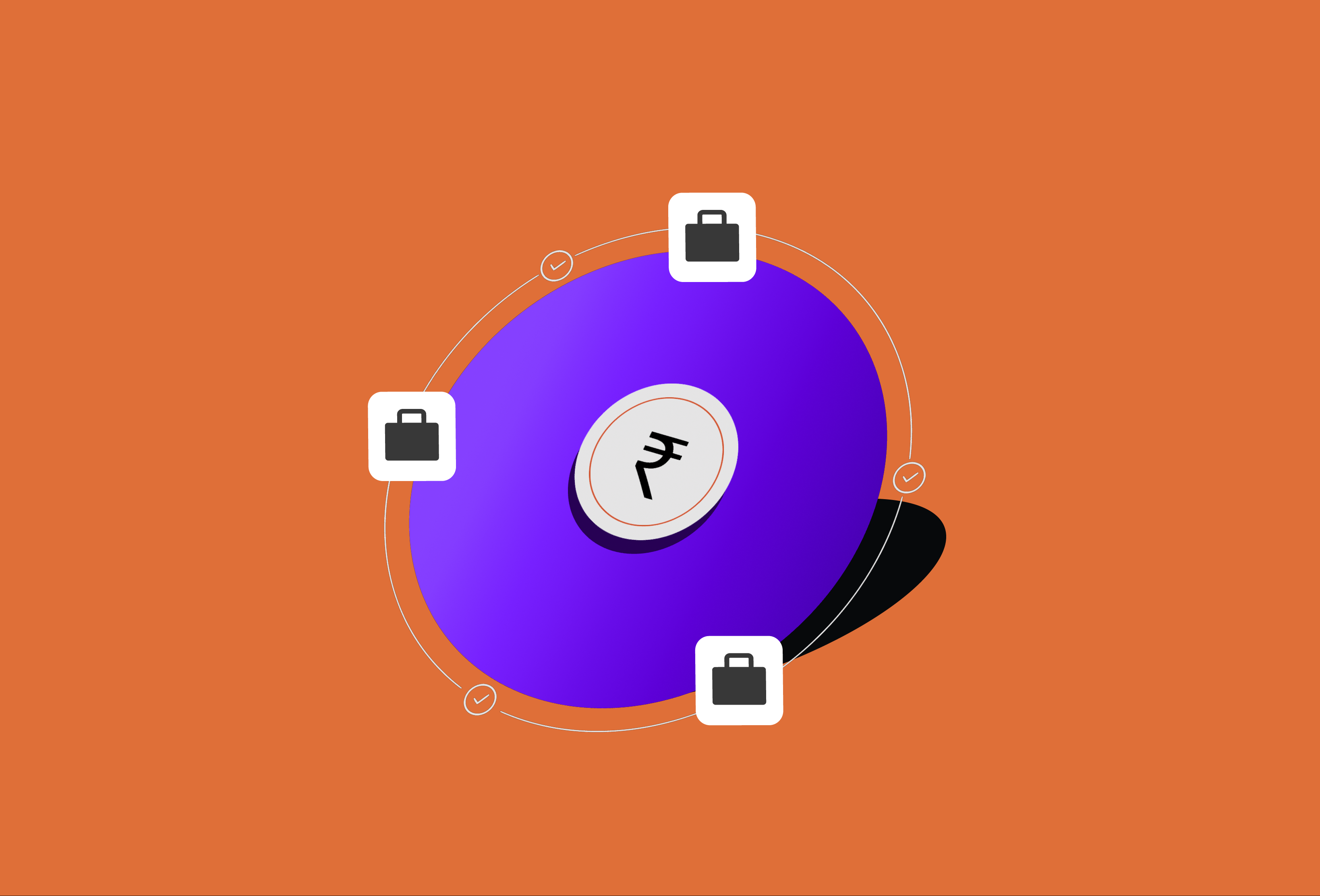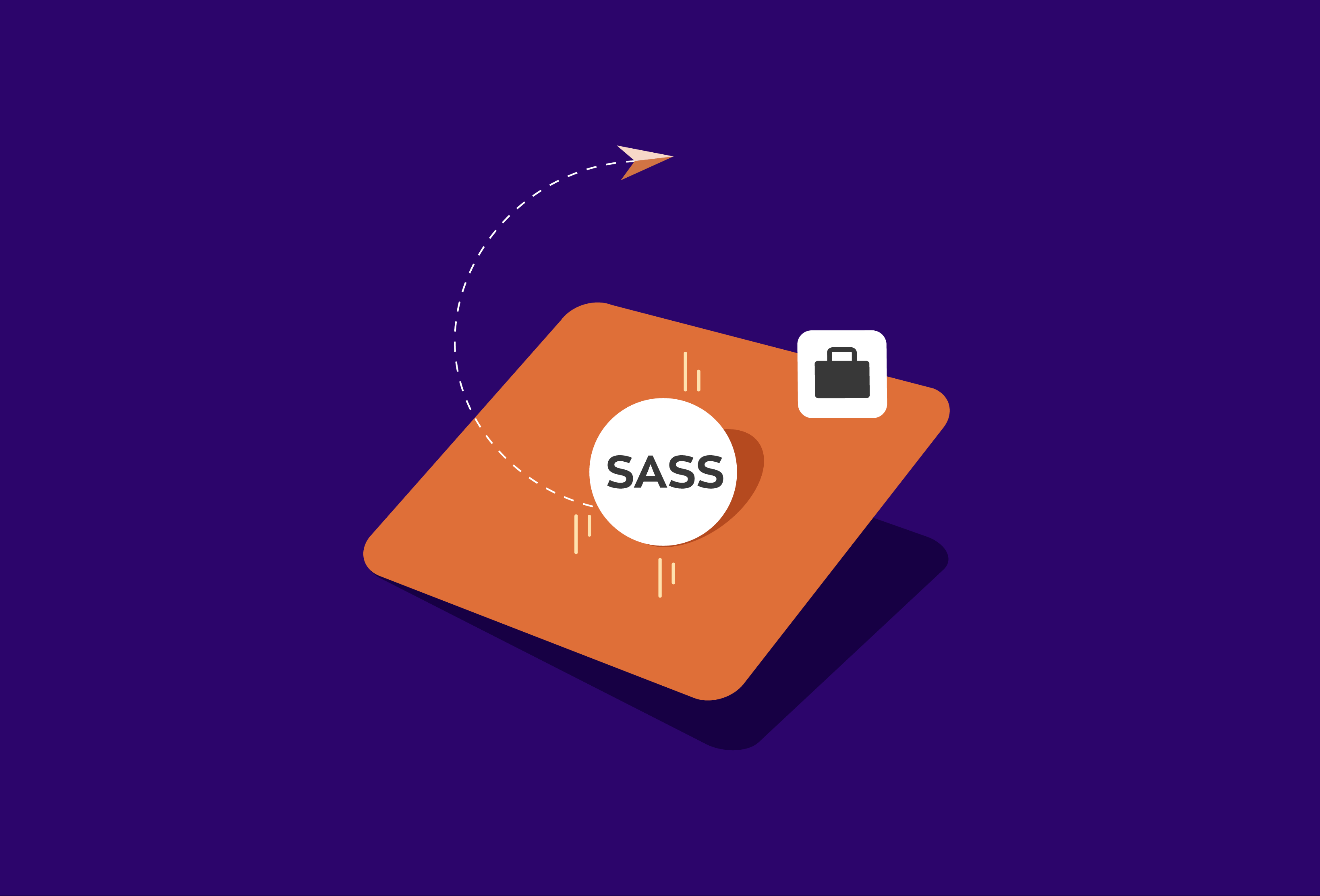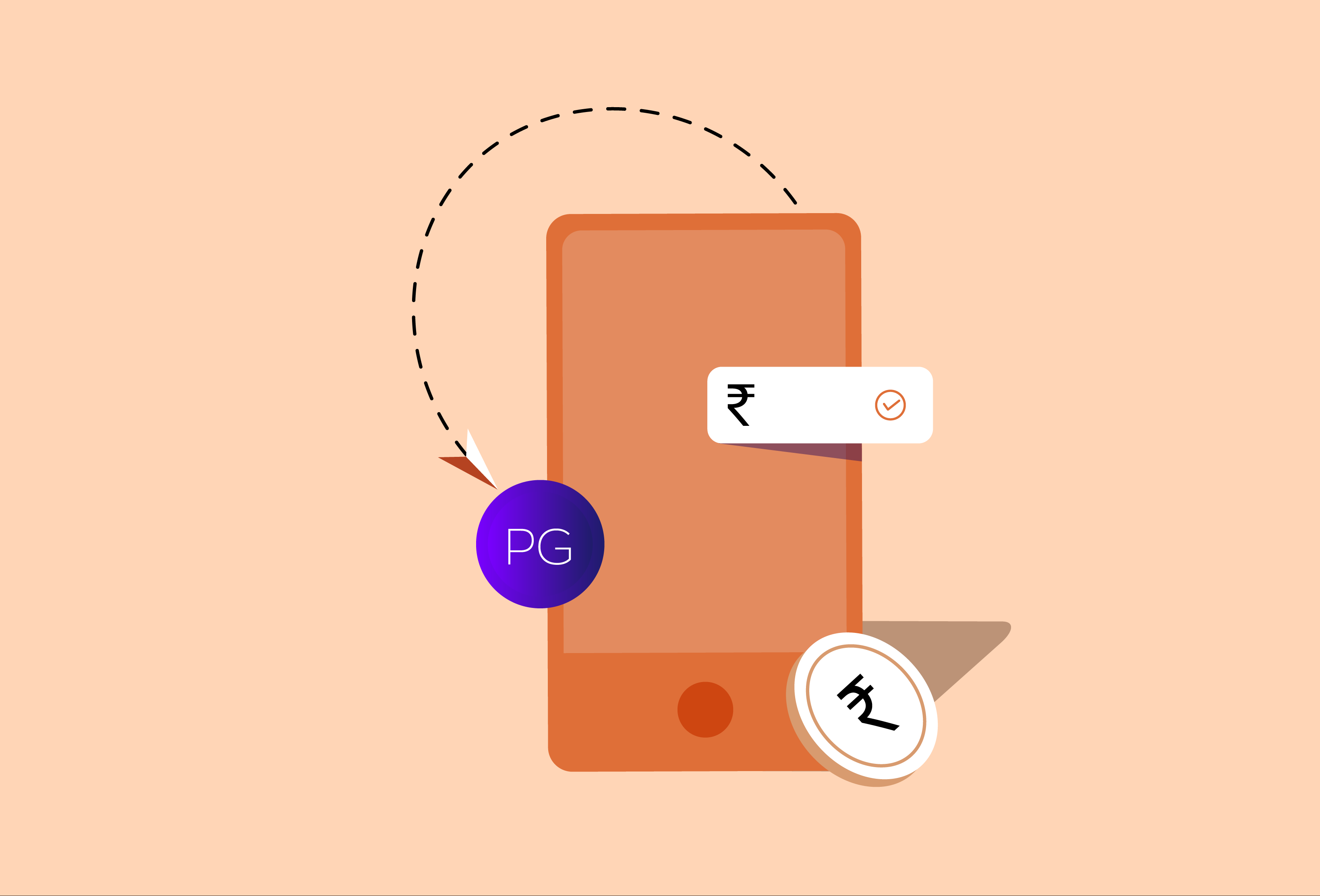In today’s digital marketplace, smooth and secure payment integration plays a crucial role in determining a business’s success. For e-commerce businesses, the payment process is often the final step in converting a visitor into a customer. Any friction at this stage can result in abandoned shopping carts and lost revenue. Building a custom payment gateway tailored to your business needs ensures a seamless experience for customers while maintaining security and flexibility.
This blog explores best practices for integrating payment solutions in e-commerce platforms, focusing on efficiency, security, and customer convenience.
Understanding Payment Integration in E-commerce
Payment integration refers to the process of connecting an e-commerce platform to a payment system so customers can complete transactions. While many online stores rely on standard payment gateways, a custom payment gateway provides greater control over the checkout process, allowing businesses to customize the payment experience to their specific needs.
A robust payment integration ensures that transactions are secure, fast, and reliable. Poorly implemented systems can lead to failed transactions, frustrated customers, and reputational damage. By investing in custom solutions, businesses can optimize their operations, accommodate unique workflows, and support features such as subscriptions, multi-currency payments, or marketplace payouts.
Choosing the Right Payment Methods
Selecting the appropriate payment methods is critical for increasing conversion rates. Customers expect multiple options at checkout. This includes credit and debit cards, digital wallets, UPI, net banking, and buy-now-pay-later services.
For businesses handling cross-border transactions, it is essential to provide support for international cards, multi-currency payments, and alternative payment methods preferred in different regions. A flexible API payment integration allows the platform to manage multiple payment channels efficiently, giving customers the freedom to choose their preferred method without leaving the website.
Offering a range of payment options reduces cart abandonment, improves customer trust, and ensures a smoother experience across devices and regions.
Selecting a Secure and Reliable Payment Gateway
Security is the backbone of any payment system. A custom payment gateway should comply with global security standards, such as PCI-DSS, and include features like encryption, tokenization, and fraud detection. These measures protect sensitive customer information, such as card details and personal data, from unauthorized access.
Reliability is equally important. A payment system with high uptime, fast processing, and robust error handling ensures that transactions are completed without interruptions. Monitoring tools and reporting dashboards provide real-time insights into transaction success rates, allowing businesses to address issues quickly and maintain smooth operations.
Designing a Smooth Checkout Experience
The e-commerce checkout process is a critical touchpoint for customers. Simplifying this process can directly influence conversion rates. Best practices include:
- Minimizing steps: One-page checkout reduces friction and prevents customers from abandoning the process.
- Autofill forms: Pre-filling customer information for returning users speeds up the process.
- Clear instructions: Providing guidance on payment errors, card formats, or additional verification helps prevent frustration.
A smooth checkout experience also requires ensuring that shopping cart payments are fast and reliable, regardless of the device. Slow or confusing checkout pages can lead to abandoned transactions, affecting overall revenue.
Customizing Payment Flows for Your Business Needs
Standard payment plugins may not support complex business models, such as subscription services, split payments for marketplaces, or delayed payments. A custom payment gateway allows businesses to tailor the payment experience according to their specific requirements.
Using API payment integration, developers can create customized workflows, handle conditional logic, and implement features like recurring billing or installment payments. Custom flows also allow for flexibility in promotions, discounts, and loyalty programs, ensuring that the payment system aligns with business objectives.
Mobile responsiveness is crucial. A mobile-friendly payment system ensures that users completing transactions on smartphones or tablets experience the same speed and convenience as desktop users. Mobile optimization is particularly important given the increasing share of mobile commerce in online sales.
Ensuring Security and Compliance
Security extends beyond encryption and fraud detection. Compliance with local regulations and industry standards is essential to maintain trust and prevent legal challenges. A custom payment gateway should include:
- SSL encryption to secure communication between the server and customer devices.
- Tokenization to reduce exposure of sensitive card data.
- Fraud detection tools to monitor unusual transaction patterns.
- Two-factor authentication for high-value transactions.
By maintaining compliance and implementing robust security protocols, businesses protect themselves and their customers from potential breaches and ensure confidence in their platform.
Testing and Monitoring Your Integration
Testing is critical to ensure that payment systems function correctly before going live. Using sandbox environments, businesses can simulate transactions, test error handling, and evaluate API responses. Regular monitoring of live transactions provides insights into performance, transaction failures, and user behavior.
Alerts and dashboards help identify patterns such as payment drops, errors, or declined transactions. Continuous monitoring also ensures that optimizing payment workflows remains an ongoing effort, improving reliability and efficiency over time.
Optimizing for Performance and Conversions
Speed and convenience are key drivers of customer satisfaction. Optimized payment processes reduce checkout abandonment and enhance the overall shopping experience. Best practices include:
- Reducing page load times during checkout.
- Minimizing redirects to external payment pages.
- Providing clear payment instructions and support options.
Analyzing transaction data and user feedback helps businesses fine-tune their payment workflows. This includes identifying bottlenecks, improving error messages, and adjusting the payment sequence to encourage completion.
Future-Proofing Your Payment Solution
Payment technology continues to evolve rapidly. Digital wallets, UPI, buy-now-pay-later services, and alternative payment systems are gaining popularity. A custom payment gateway built with flexibility allows businesses to incorporate new payment methods without overhauling the system.
Regular updates to security protocols, APIs, and user interface designs ensure that the payment system remains secure, compliant, and user-friendly. Preparing for emerging trends such as cross-border transactions or cryptocurrency payments positions businesses to meet evolving customer expectations.
Conclusion
Integrating payments into an e-commerce platform requires a careful balance of security, efficiency, and user convenience. A custom payment gateway allows businesses to control the checkout experience, support multiple payment methods, and adapt to complex workflows. By following best practices such as securing sensitive data, optimizing checkout processes, and maintaining mobile-friendly payment systems, businesses can enhance customer satisfaction, increase conversions, and ensure long-term success.
Investing in well-planned payment integration is not just about enabling transactions; it is about building trust, convenience, and reliability for every customer interaction.


